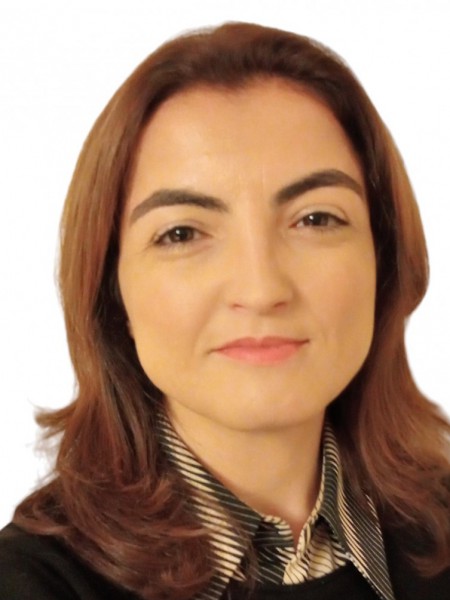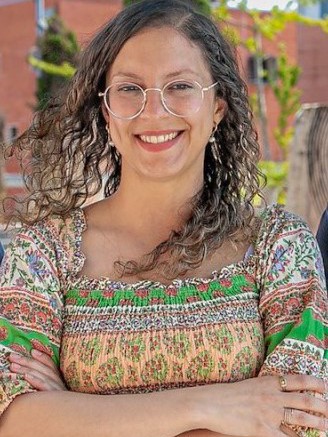abstract
Owing to their close proximity, pericardial fluid (PF)'s proteome may mirror the pathophysiological status of the heart. Despite this diagnosis potential, the knowledge of PF's proteome is scarce. Large amounts of albumin hamper the characterization of the least abundant proteins in PR. Aiming to expand PF's proteome and to validate the technique for future applications, we have fractionated and characterized the PF, using N-(trimethoxysilylpropyl)ethylenediamine triacetic acid (EDTA)-functionalized magnetic nanoparticles (NPs@EDTA) followed by a GeLC-MS/MS approach. Similarly to an albumin depletion kit, NPs@EDTA-based fractionation was efficient in removing albumin. Both methods displayed comparable inter-individual variability, but NPs@EDTA outperformed the former with regard to the protein dynamic range as well as to the monitoring of biological processes. Overall, 565 proteins were identified, of which 297 (>50%) have never been assigned to PR. Moreover, owing to this method's good proteome reproducibility, affordability, rapid automation and high binding ability of NP@EDTA, it bears a great potential towards future clinical application. (C) 2017 Elsevier Inc. All rights reserved.
keywords
EFFUSIONS; NETWORKS; PROTEINS; SWATH
subject category
Biochemistry & Molecular Biology; Biophysics
authors
Trindade, F; Bastos, P; Leite-Moreira, A; Manadas, B; Ferreira, R; Soares, SF; Daniel-da-Silva, AL; Falcao-Pires, I; Vitorino, R
our authors
Projects
CICECO - Aveiro Institute of Materials (UID/CTM/50011/2013)
Projeto de Investigação Exploratória: Ana Luísa Silva (IF/00405/2014)
acknowledgements
The authors thank Portuguese Foundation for Science and Technology (FCT), European Union, Quadro de Referencia Estrategico Nacional (QREN), Fundo Europeu de Desenvolvimento Regional (FEDER) and Programa Operacional Factores de Cornpetitividade (COMPETE) for funding iBiMED (UID/BIM/04501/2013), UnIC (UID/IC/00051/2013), CNC (PTDC/NEU-NMC/0205/2012, UID/NEU/04539/2013) and CICECO (POCI-01-0145-FEDER-007679 and UID/CTM/50011/2013) research units as well as Rui Vitorino's (IF/00286/2015), Ana Daniel-da-Silva's (IF/00405/2014) and Fabio's Fellowship Grant (SFRH/BD/111633/2015). The authors thank also the National Mass Spectrometry Network (RNEM, REDE/1506/REM/2005) and project DOCnet (NORTE-01-0145-FEDER-000003), supported by Norte Portugal Regional Operational Programme (NORTE 2020), under the PORTUGAL 2020 Partnership Agreement, for funding this work.



